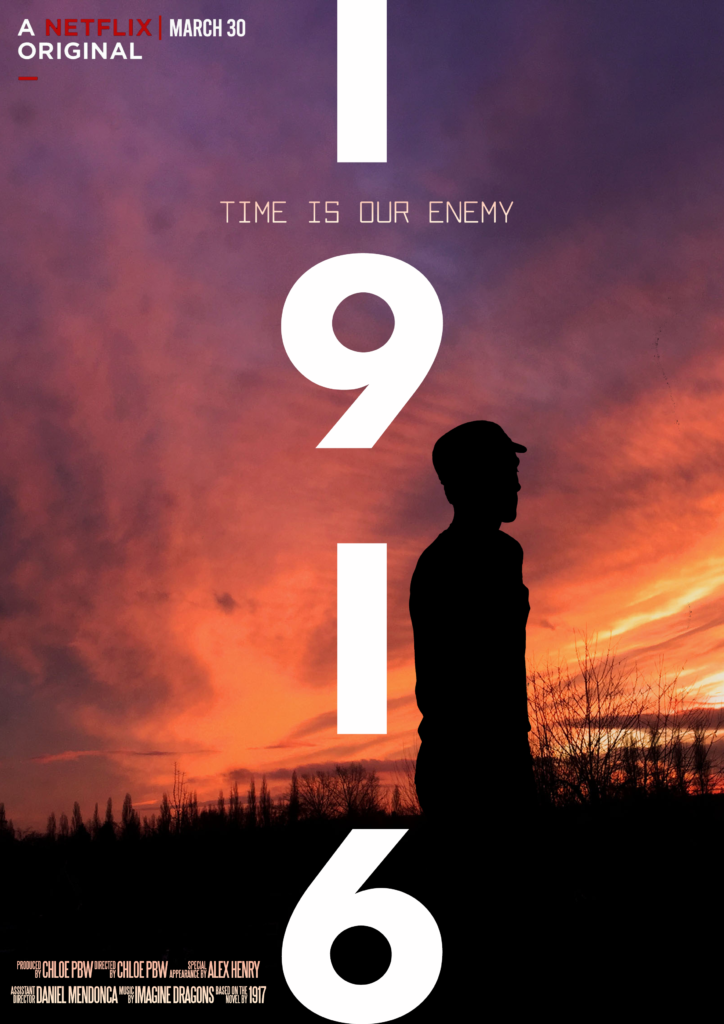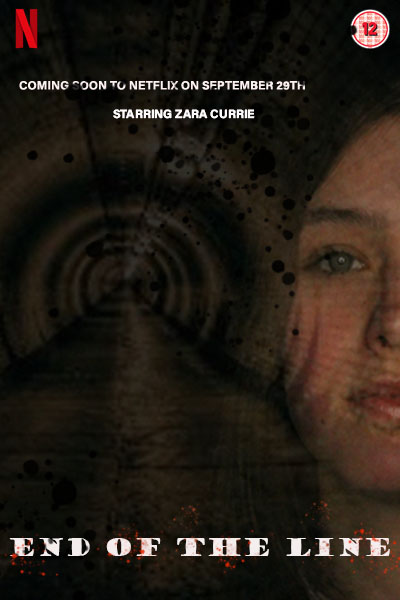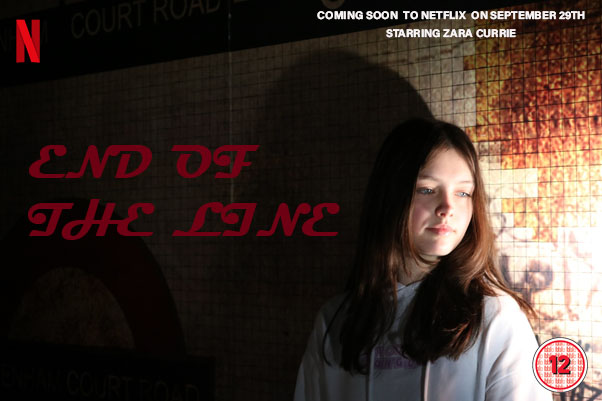| By Jon Kelly BBC News Magazine | -‘Released on 20 June 1981 against a backdrop of rising unemployment’ -‘a depiction of social breakdown that provided the soundtrack to an explosion of civil unrest’ -‘its blend of melancholy, unease and menace took on an entirely new meaning when Britain’s streets erupted into rioting almost three weeks later – the day before Ghost Town reached number one in the charts.’ -‘ it expressed the mood of the early days of Thatcher’s Britain’ |
| by Stephen Rodrick, 1990 Chicago Reader | -‘The main irony of the Specials’ songs, and in fact of the entire ska movement, was that lurking just beneath the “happy,” infectious dance beat were often chilling stories of the racial divisiveness and economic deprivation that characterized the dawning of the Thatcher era.’ |
| John Bradbury, drummer of the Specials | -‘”I saw it [Coventry] develop from a boom town, my family doing very well, through to the collapse of the industry and the bottom falling out of family life. Your economy is destroyed and, to me, that’s what Ghost Town is about.” |
Thatcher’s Britain
- Prime Minister 1979-90
- Militant campaigner for middle class interests
- Extreme attitude towards immigration
- British Nationality Act 1981: introduced a series of increasingly strict immigration procedure and prevented Asian people from entering Britain
‘British national identity
could be swamped by people with different
culture’ – 1978 Interview
‘firm immigration control
for the future is essential if we are to achieve
good community relations’ – Conservative Manifesto
Resistance and Political Protest:
- When you first think of political protest, you think of: petitions, political marches and movements, attempts to change legislation, protests etc…
- However, when this occurs, it often results in backlash, mostly from the government in question
- Even if protest does change legislation, it doesn’t always change opinions
- It is culture that has the biggest influence on the way people think – this is the site of popular change
- politics, people and culture are always intertwined
Cultural Hegemony:
- Theorised by Antonio Gramsci, an Italian philosopher in the 1930s
- Hegemonic – dominant, ruling, most powerful
- Hegemonic Culture – the dominant culture
- Cultural Hegemony – power, rule or domination maintained by ideological or cultural means
Cultural hegemony functions by encouraging the ideologies of the dominant social group as the only legitimate ideology. Their ideologies are expresses and maintained through economic, political, moral and social institutions. These institutions surround the people in their every day life, and eventually influence their subconscious into accepting the norms, values and beliefs of the dominant social group. As a result, oppressed groups are lead to believe that the social and economic conditions of society are natural and inevitable, rather than created by the dominant group.
Subcultures
- Working class youth culture
- unified by shared tastes in style, music and ideology
- a form of resistance of cultural hegemony
Teddy Boys 1950s/60s: responded to post-war social changes
Skinheads 1960s: responded to social alienation as a result of 1950s conservatism and expressed working class pride
Punks 1970s: a reaction to capitalist middle class culture, alienation from adult working class, social, political and economic crisis of 1970s which resulted in mass youth unemployment. Believed in anti-establishment and individual freedom
Rude Boys 1960s/80s: reacted against oppression from state, police, racists. Emphasised self-confidence through listening to Jamaican ska lyrics about oppression and poverty
Post War British Race Relations
- After WWII, Britain faced a mass labour shortage which lead to the migration of half a million people from the Caribbean (the Windrush generation 1950s-70s) searching for jobs
- However, they faced severe discrimination which made it difficult for them to find employment and housing
- During the 1970s and 80s, the children of the Wind Rush Generation were reaching adulthood, but found it difficult to find employment due to having faced the same prejudice their parents did – the difference was that they were willing to resist this racism
Racism from the state/police:
- A clash between the police and black youth
- police generated the idea that black people were criminals – more likely to steal, use drugs, start fights etc
- Black community targeted by SUS Laws – a stop and search law that permitted a police officer to stop, search and potentially arrest people on suspicion
- New Cross Fire 1981 – fire started by racist arsonist, killing 13 black people, whose charges were completely dismissed
Racism from far-right groups – The National Front:
- NF was a far-right group
- promoted the end of immigration and the reparation of non-white brits
- Blamed immigration for decline in employment, housing and welfare
- 1970s – NF gained support of disillusioned of white youth leading to radical attacks and violence
Black Music as Resistance
Paul Gilroy – brought race into the societal divide and changes in the 1980s; he highlighted how black youth cultures represented cultural solutions to collectively experienced problems of racism and poverty
- Black music offers a means of articulating oppression and challenging what Gilroy has termed ‘the capitalist system of racial exploitation and domination
- The lyrics of many reggae songs revolve around the black experience, history, culture and consciousness of economic and social deprivation as well as criticising the the continuing enslavement of racist ideology
Rock Against Racism 1976-82
- RAR campaign fought for the eradication of racism in the music industry against the rise of fascism among white working class youths
- People believed they could prevent their audiences from being prejudice by the messages they put across in their music
- RAR took advantage of the emerging subcultures who had similar anti-establishment ideologies as well as provided many different musical forms to which the campaign could project their anti-racist politics
- RAR organised hundreds of musical events which united white bands with black bands – it was highly successful in shining a light on multiculturalism and unity
- RAR’s fusion of youth culture and politics has been widely celebrated for making politics fun
Two Tone Britain
- 2 Tone Records was founded by Jerry Dammers 1979 from The Specials which advocates the eradication of racism in British society
- This created a new genre of British music that fused punk with Jamaican reggae and SKA
- The bands signed by 2 Tone Records were largely multi-cultural, eg The Specials and The Selector, and represented the exact aim of RAR
- 2 Tone bands were most vocal after the election of Prime Minister Margaret Thatcher in 1979 – writing lyrics about the politics of racism, sexism, violence, unemployment, youth culture and a corrupt system of government
- 2 Tone gigs often attracted members of the right-wing which caused huge disruption






